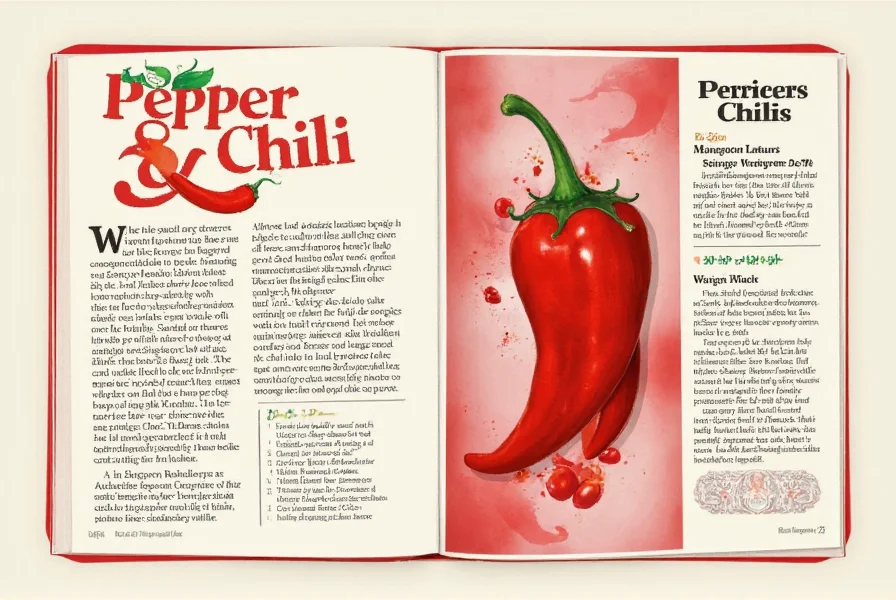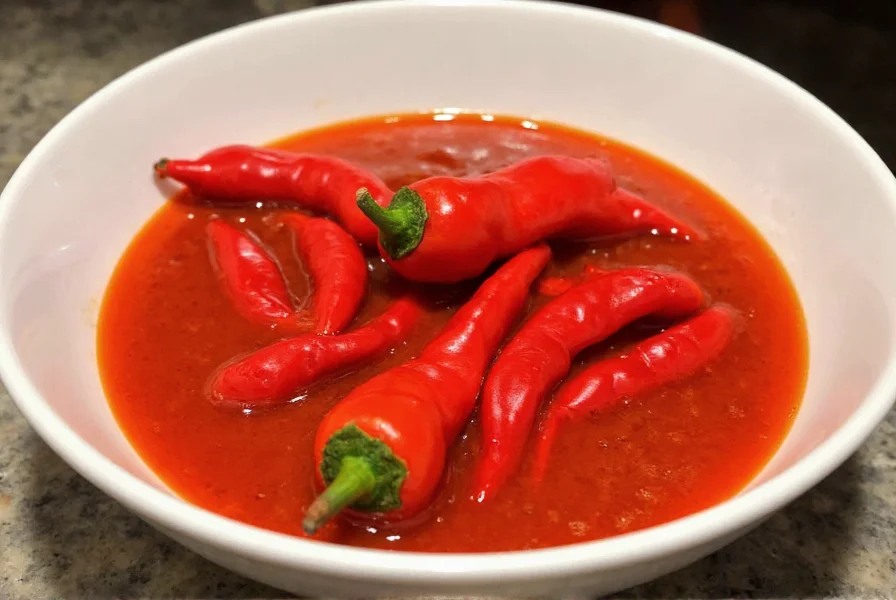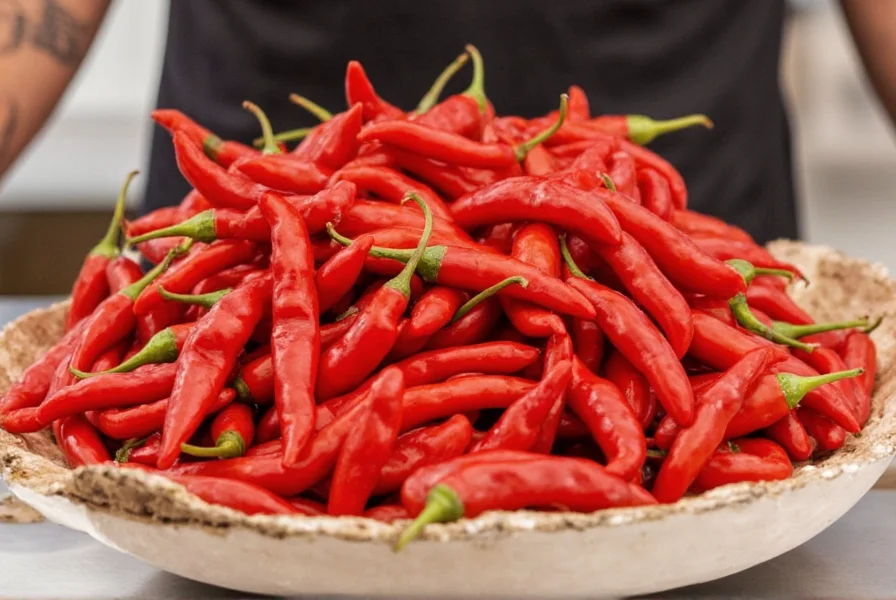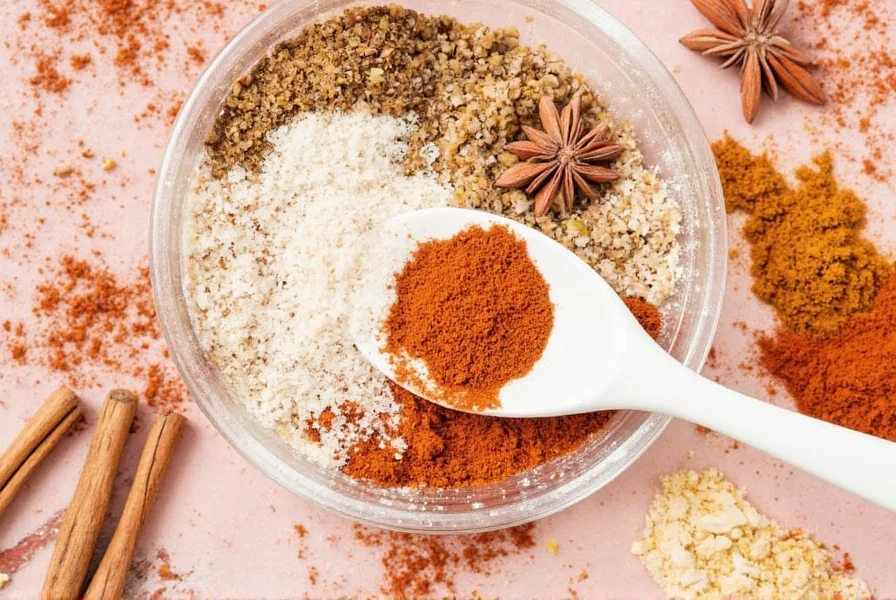Table of Contents
Introduction to Chili Spices
Looking for the best chili spices to elevate your cooking? Here are the top 5 chili spices every kitchen needs, ranked by heat level and use cases. From mild jalapeños to fiery ghost peppers, we'll show you exactly how to choose and use them for perfect flavor every time.

Chili peppers have been cultivated for centuries, originating in the Americas and now grown worldwide. According to the National Institutes of Health (NIH), chili peppers contain capsaicin which provides both flavor and health benefits. The best chili spices offer more than just heat—they bring depth, complexity, and a burst of flavor that can transform your dishes.
Types of Chili Spices and Their Heat Levels
Understanding heat levels is crucial for choosing the right chili spice. The Scoville scale measures pepper heat, with higher numbers indicating greater intensity. Here's a detailed comparison of the top 5 chili spices:
| Chili Spice | Heat Level (Scoville Units) | Flavor Profile |
|---|---|---|
| Jalapeño | 2,500–8,000 | Mild, slightly sweet, and tangy |
| Serrano | 10,000–23,000 | Crunchy, peppery, and sharp |
| Cayenne | 30,000–50,000 | Hot, spicy, and slightly smoky |
| Habanero | 100,000–350,000 | Fiery, fruity, and citrusy |
| Ghost Pepper | 855,000–1,041,450 | Extremely hot, with a hint of sweetness |

As shown in the Scoville scale above, heat levels vary dramatically. For beginners, jalapeños or serranos are ideal starting points. For those seeking intense heat, habaneros or ghost peppers deliver powerful flavor with proper handling.
Practical Tips for Using Chili Spices
Now that you know what's available, here are expert tips to use chili spices effectively:
- Start small: Even small amounts of chili spice can pack a punch. Add gradually and taste as you go.
- Use gloves: When handling fresh chilies or powdered spices, wear gloves to prevent skin irritation.
- Balance with acidity: A splash of lime juice or vinegar cuts through heat and enhances flavor.
- Pair wisely: Cayenne works well with tomato-based sauces, while habanero complements salsas and marinades.
- Store properly: Keep chili spices in airtight containers away from light and moisture to maintain potency.
According to the American Culinary Federation, proper chili spice usage is about balance—too much can ruin a dish, but the right amount elevates it to new heights.
The Best Chili Spices Buying Guide
When selecting chili spices, prioritize freshness, origin, and quality. Here are our top recommendations:
Top Picks for the Best Chili Spices
- Jalapeño Powder
- Features: Made from dried and ground jalapeño peppers.
- Advantages: Adds mild, smoky heat without seeds or membranes.
- Use Cases: Ideal for seasoning meats, soups, and stews.
- Target Audience: Beginners or those who prefer milder flavors.
- Suitable Occasions: Everyday cooking, family dinners, or casual gatherings.
- Habanero Paste
- Features: A smooth, concentrated paste made from habanero peppers.
- Advantages: Offers intense heat with complex, fruity flavor notes.
- Use Cases: Perfect for adding heat to salsas, dressings, and marinades.
- Target Audience: Spicy food lovers and adventurous cooks.
- Suitable Occasions: Parties, special occasions, or when you want to impress guests.
- Ghost Pepper Flakes
- Features: Dried and crushed ghost peppers.
- Advantages: Extremely hot with balanced sweetness.
- Use Cases: Great for sprinkling over nachos, pizzas, or grilled meats.
- Target Audience: True chili connoisseurs who crave the ultimate heat.
- Suitable Occasions: Challenge nights, spicy food competitions, or bold flavor experiments.

According to the USDA Food Safety and Inspection Service, always check expiration dates and purchase from reputable suppliers to ensure quality and safety.
Frequently Asked Questions About Chili Spices
What are the best chili spices for beginners?
According to the American Culinary Federation, jalapeño powder (2,500-8,000 Scoville units) and chipotle powder are excellent starting points. They offer mild to moderate heat with rich, smoky flavors that enhance dishes without overwhelming your palate. These spices are versatile enough for everyday cooking and allow you to gradually build tolerance to spicier varieties.
How do I choose the right chili spice for my dish?
Choosing the right chili spice depends on both heat level and flavor profile. For Mexican dishes, try ancho or guajillo powders. For Asian cuisine, gochugaru or Thai chili powder work best. According to culinary experts, consider the flavor notes: smoky (chipotle), sweet (paprika), or fruity (habanero). Always start with less than you think you need—you can add more heat, but you can't take it away!
What's the difference between fresh chilies and dried chili spices?
Fresh chilies offer bright, grassy notes and immediate heat, while dried chili spices develop deeper, more complex flavors with smoky or earthy undertones. According to the National Institutes of Health (NIH), dried spices typically have concentrated heat (about 1 teaspoon of powder equals 3-4 fresh chilies). Fresh chilies are best for salsas and quick cooking, while dried spices work well for slow-cooked dishes where their flavors can fully develop.
How can I reduce the heat if I've added too much chili?
If your dish becomes too spicy, add dairy products like yogurt or sour cream—the casein helps neutralize capsaicin. Acidic ingredients like lime juice or vinegar can also balance the heat. According to the USDA, adding sweetness with honey or sugar, or bulk with coconut milk, can dilute the spiciness. Remember that cooling methods work better while cooking than after the dish is served.
Do chili spices lose their potency over time?
Yes, chili spices gradually lose potency. Ground spices maintain peak flavor for 6-12 months, while whole dried chilies last 1-2 years. According to the American Spice Trade Association, store them in airtight containers away from light, heat, and moisture. To test freshness, rub a small amount between your fingers—if the aroma is weak or color faded, replace your spices. Freezing dried chilies extends shelf life further.
What are the health benefits of chili spices?
Chili spices contain capsaicin, which the National Institutes of Health (NIH) has shown boosts metabolism by up to 5%, reduces inflammation, and improves heart health. They're rich in vitamins A and C, and contain antioxidants that fight disease. However, moderation is key—excessive consumption can irritate the digestive system, especially for those with sensitive stomachs.
Conclusion
In conclusion, chili spices are essential for any kitchen. They bring life, heat, and flavor to your dishes, making them indispensable for both casual cooks and professional chefs. By understanding different types, heat levels, and proper usage, you can unlock new dimensions of taste and creativity in your cooking.
The best chili spices aren't just about heat—they're about bringing depth, character, and excitement to your meals. Whether you're a beginner or an expert, there's a chili spice perfect for you. Start exploring, experimenting, and enjoying the fiery world of chili spices today!












 浙公网安备
33010002000092号
浙公网安备
33010002000092号 浙B2-20120091-4
浙B2-20120091-4